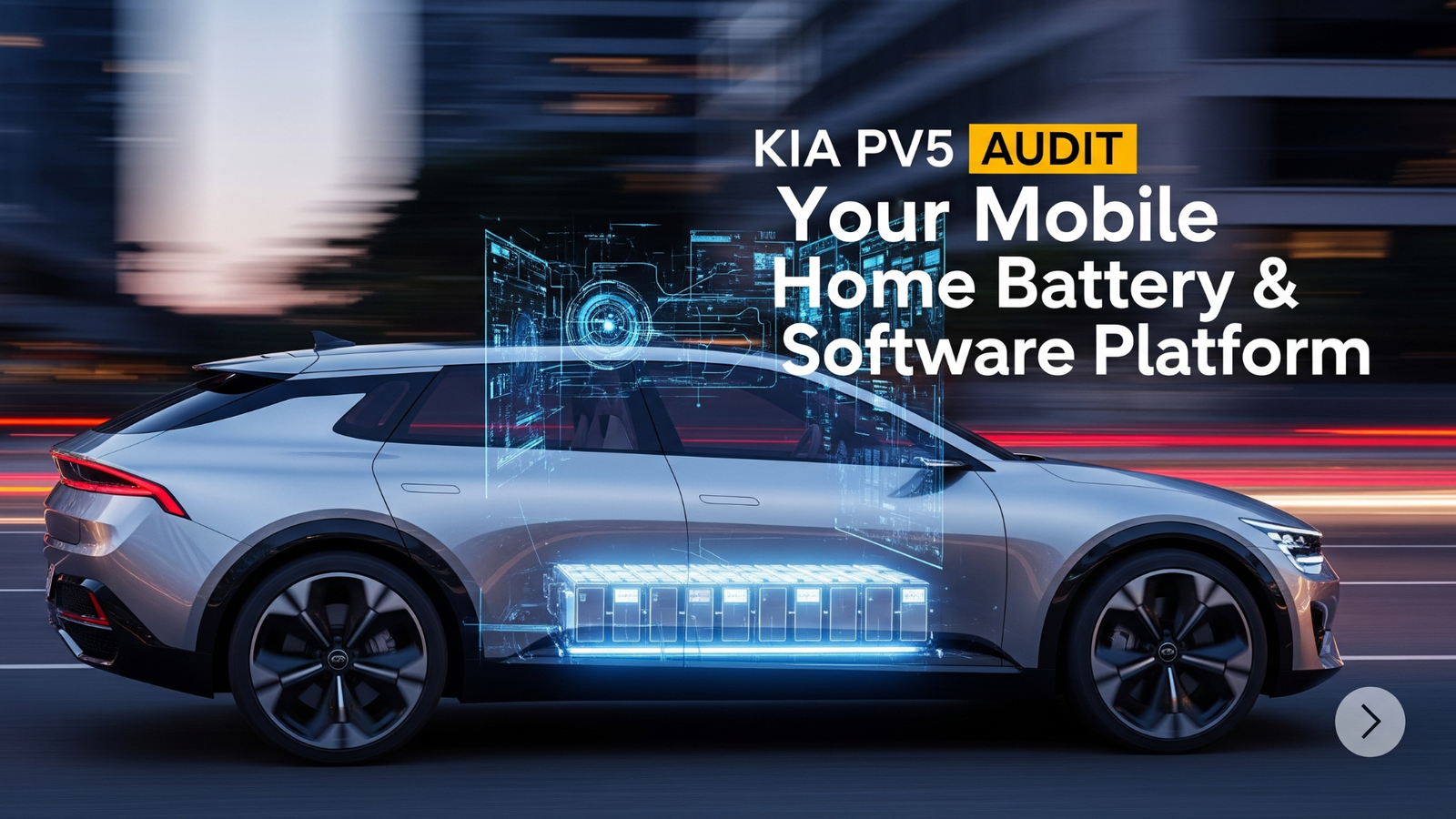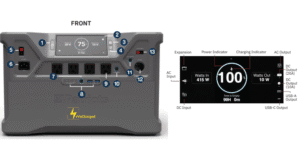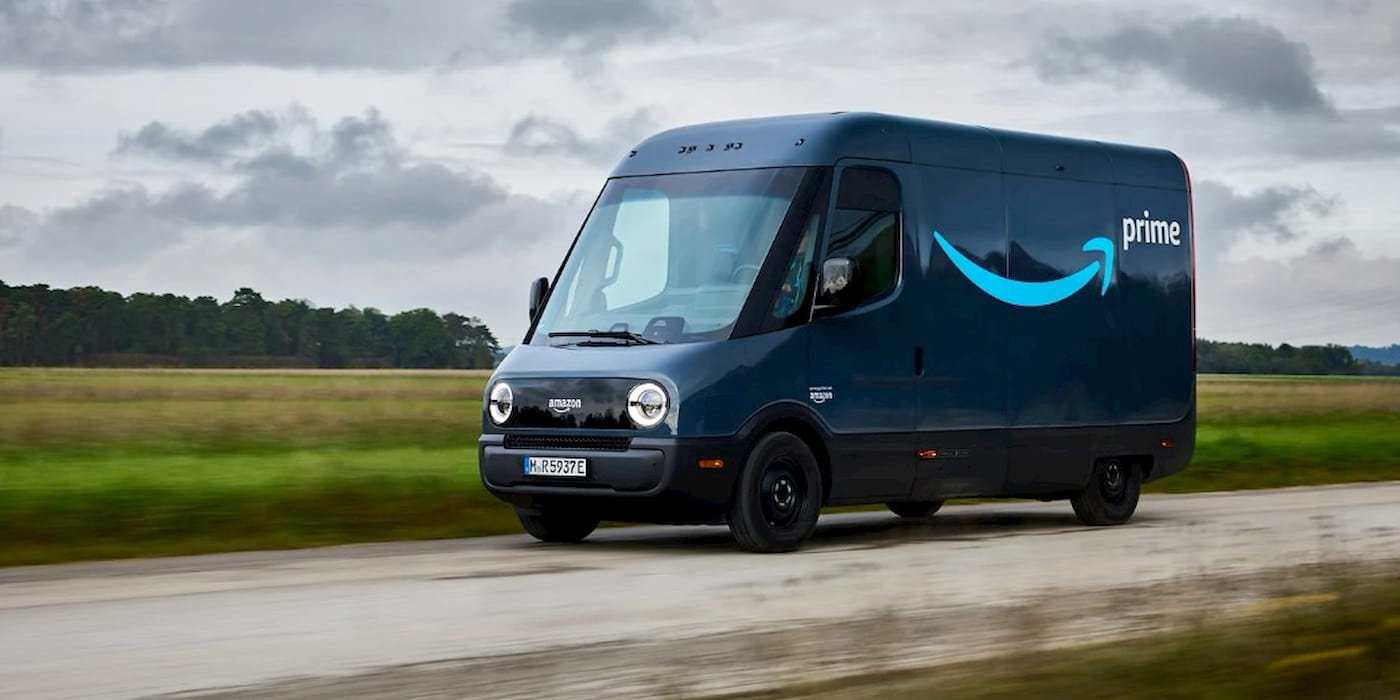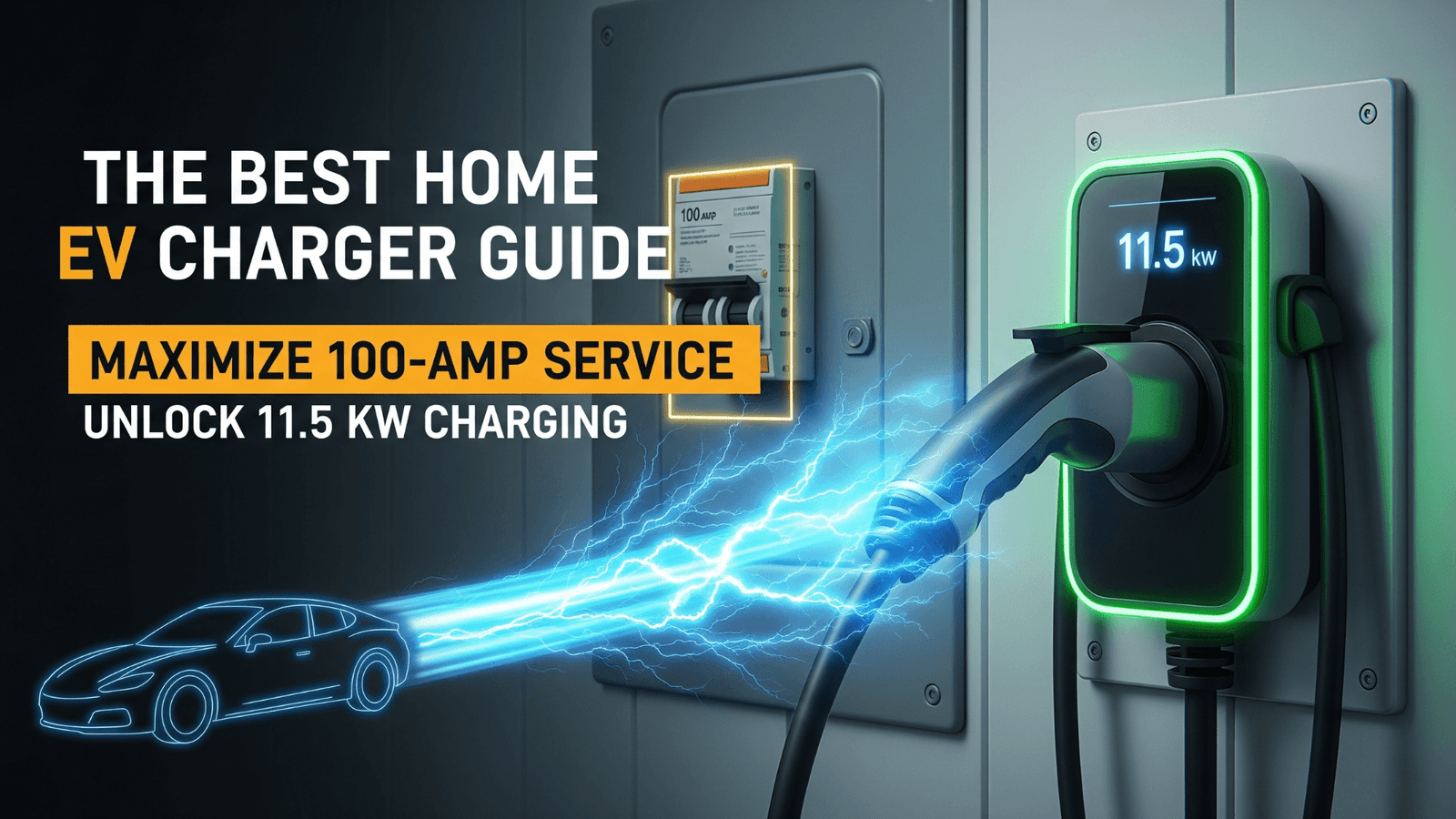My Expert Verdict: The Kia PV5 is being hailed as a modular delivery van, but that’s a distraction. This vehicle is Kia’s most strategically important platform because it’s a massive software hub, a dynamic battery battlefield, and a Vehicle-to-Home (V2H) Trojan horse.
This isn’t just about interchangeable bodies. It’s about how electric vehicles will integrate with your home, power your business, and fundamentally reshape our energy grid. This is the my audit of why the PV5 will redefine electric mobility from 2026 onwards.
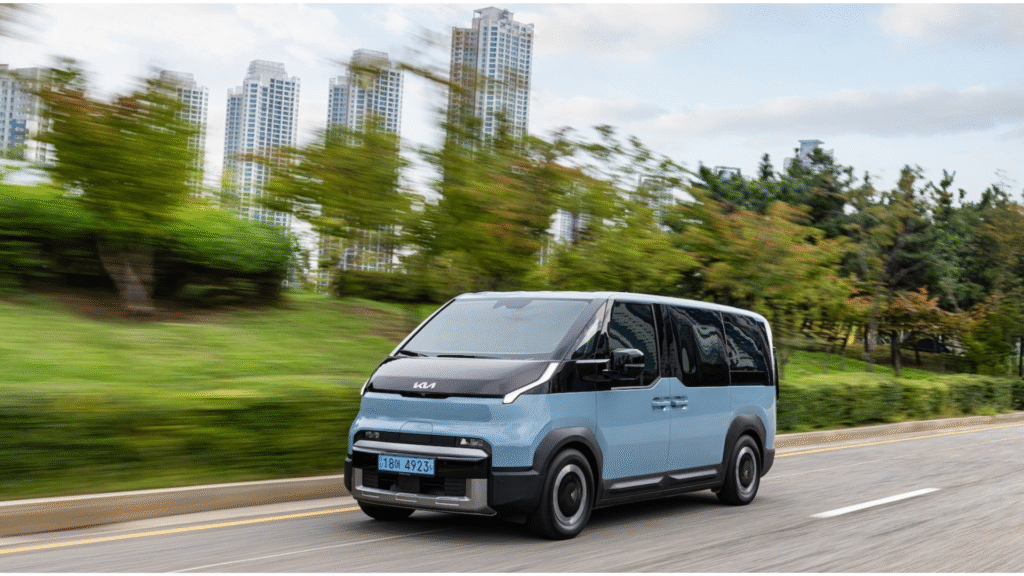
1. THE HIDDEN POWER: Why the PV5 is Your Next Backup Generator
The Truth: The headline feature isn’t the swappable body; it’s the built-in energy ecosystem. While other outlets focus on aesthetics, the PV5 fundamentally changes the vehicle’s role from transport to a mobile power plant.
Why the PV5 is a Game Changer for Home & Business:
- V2L (Vehicle-to-Load) NOW: Every PV5 comes with 3.68 kW external power. This is fully operational at launch and provides job site power, remote energy, and initial backup for appliances.
- V2H (Vehicle-to-Home) FUTURE-READY: The architecture supports bi-directional charging. However, full V2H home integration requires future software updates, regulatory approval, and compatible external hardware. The PV5 is built for V2H; the grid and software must catch up.
My Insight: This shifts the total cost of ownership (TCO) calculation for fleet managers and homeowners. The PV5 isn’t just an asset for transport; it’s an investment in energy resilience and operational flexibility.

2. THE SMART BRAINS: Android Automotive OS & The App Ecosystem
Competitors are missing the biggest story: the PV5 is a software platform on wheels. The modularity extends far beyond hardware; it’s deeply integrated into the operating system.
Why Software is the PV5’s True Innovation:
- Android Automotive OS: Kia has embraced an open-source, Google-backed operating system, similar to a smartphone. This is the foundation for a dynamic, evolving vehicle.
- Pleos App Market: This dedicated app store will allow third-party developers to create bespoke applications tailored for fleet management, last-mile delivery, mobile workshops, and more.
- Motor Power: The PV5 is powered by a front-mounted electric motor producing 120 kW (≈161 hp) of maximum power.
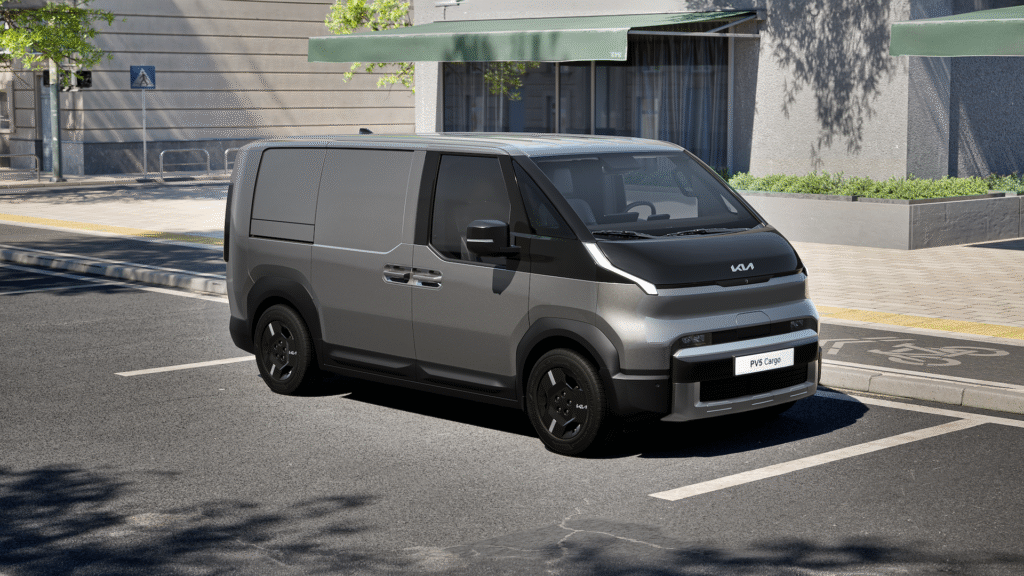
3. THE BATTERY BATTLEFIELD: NCM vs. LFP Chemistry
Kia’s decision to use two distinct battery chemistries (NCM and LFP) for different PV5 variants is a critical, often-overlooked detail that reveals a sophisticated understanding of commercial and passenger vehicle economics.
The Power of Dual Battery Strategy:
| Chemistry | PV5 Variant | Strategic Benefit |
| NCM (Nickel Cobalt Manganese) | Passenger Models (51.5 kWh or 71.2 kWh) | High Energy Density: Prioritizes maximum range (up to 412 km WLTP) for passenger transport. |
| LFP (Lithium Iron Phosphate) | Cargo Models (43.3 kWh option) | Durability & Lower Cost: Prioritizes safety, thermal stability, and longer cycle life for commercial fleets. Reduces TCO for high-utilization businesses. |
My Audit (Final Specs): The PV5 supports 11 kW AC charging and up to 150 kW DC fast charging (10–80% in ∼30 minutes). It includes a Heat Pump option for cold-climate efficiency and comes with an exceptional 8-year/100,000-mile battery warranty.
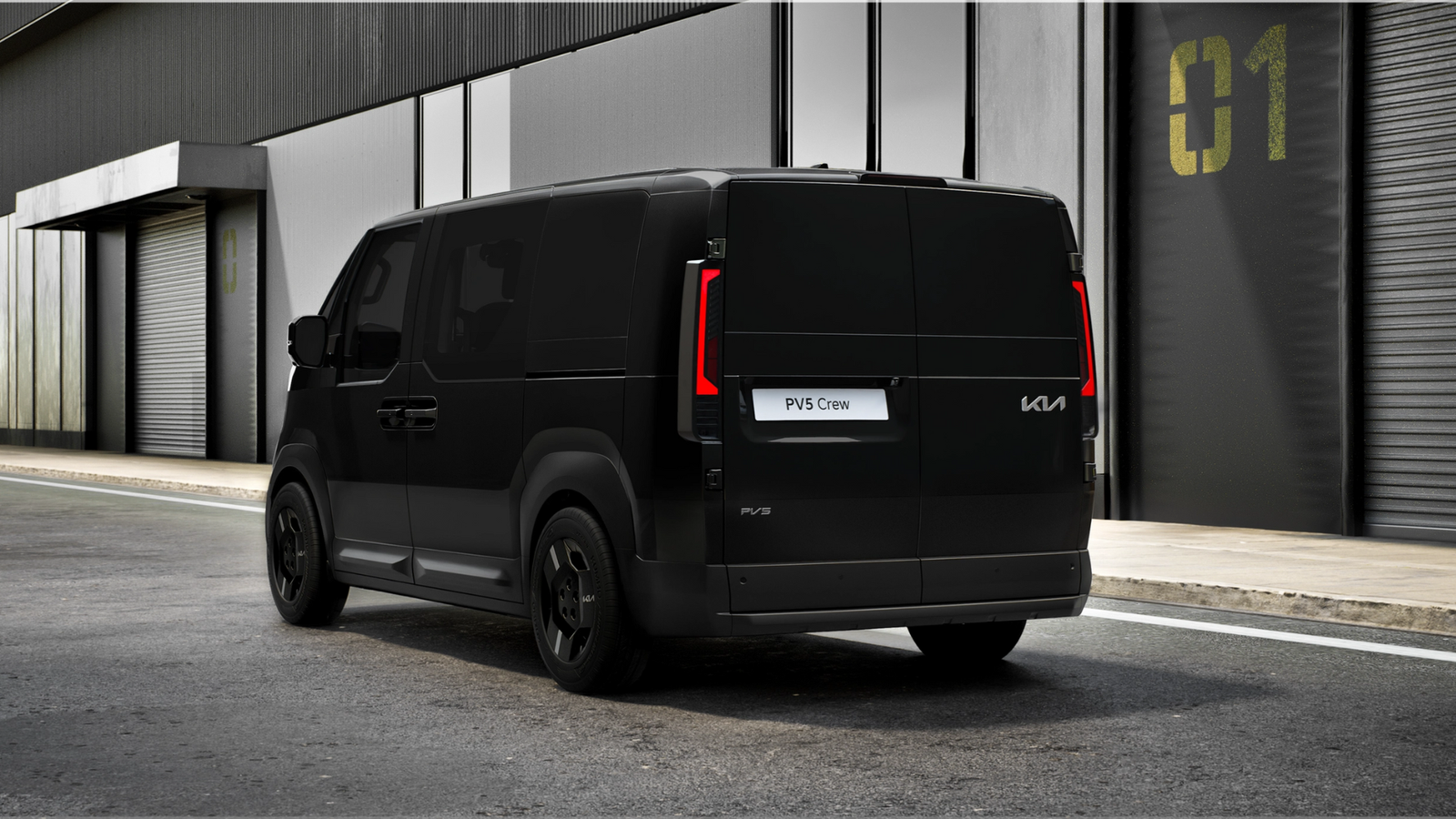
4. ACTIONABLE UTILITY: Calculate Your PV5 Backup Power
The PV5 transforms a parked asset into a functional home battery. Use the tool below to determine the exact number of hours the vehicle could power your home’s critical needs during a grid outage.
PV5 V2H Backup Duration Calculator
Estimate how long the PV5 battery can power your home essentials during an outage.
1. Select Battery Capacity (Kia PV5 Options)
2. Select Your Backup Load (Power Needed)
3. Backup Power Duration
**VERDICT:** The PV5 can power your essential items for at least 10 days and 12 hours. This assumes an 85% usable battery capacity and a 10% conversion loss (Source: V2H Analysis).
The PV5 is the Blueprint for the Future Energy Grid
The Kia PV5 isn’t merely a new electric van; it’s a fundamental shift in automotive architecture.
It represents the clearest vision yet of how EVs will transition from simple transportation to integrated mobile energy assets within a broader energy ecosystem. Its combination of a powerful software platform, versatile battery options, and robust V2L capabilities means the PV5 is primed to:
- Optimize fleet operations through real-time data and custom apps.
- Provide critical backup power for homes and businesses.
- Become a flexible component of smart grids, enabling bi-directional charging and demand response.
The PV5 is a wake-up call to the industry. The future of commercial mobility isn’t just electric; it’s digitally integrated, energy-resilient, and powered by software.
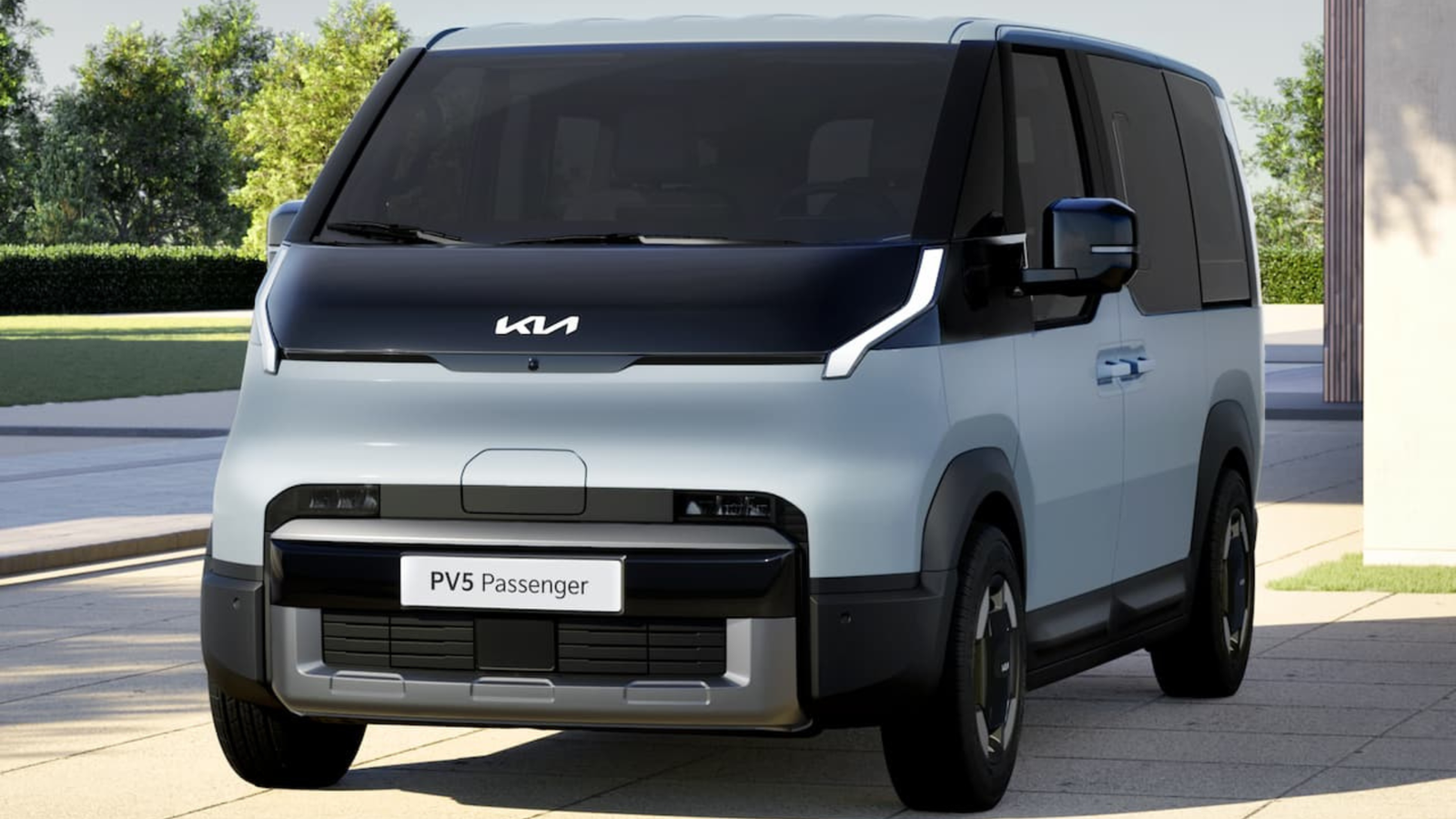
Rahul is a core expert on the Vecharged team. With over 5 years of hands-on experience in e-mobility, embedded engineering, and consumer battery technology, Rahul is dedicated to bringing technical clarity to your most significant clean energy investments.

